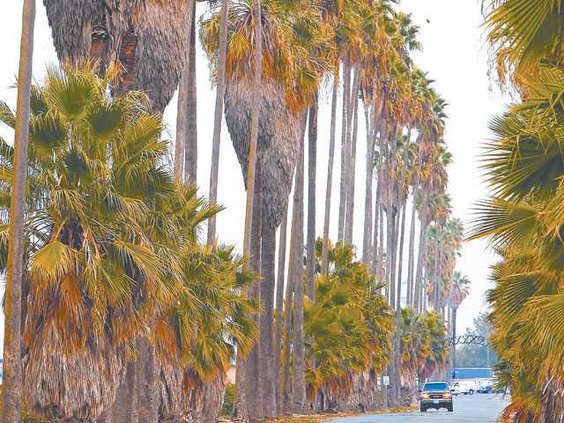The loss of farmland northwest of Ripon to build employment centers, retail and housing as part of the Austin Road Business Park could cost developers as much as $13.8 million.
That cost could skyrocket if elderberries that are home to the endangered valley elderberry longhorn beetle are found on the 1,045 acres the project encompasses. Should they find elderberries as they develop, they would have to pay an additional $1,800 for each elderberry stem over one-inch in diameter at ground level that they remove.
Not only will Ripon farming be impacted by the largest development ever approved in Manteca. Everything from Ripon schools and roads to fire service will feel the impacts of the Austin Road Business Park.
The 1,049-acre project straddles the boundary between Manteca Unified and Ripon Unified west of Highway 99. It ultimately will include enough housing for 10,200 residents with 58 percent of them living within the City of Manteca but will have their children — estimated at 1,150 — attending Ripon Unified schools.
A deal has already been reached with the Ripon Consolidated Fire District that will reimburse them for lost property taxes as the area annexed into the city is converted to the City of Manteca Fire Department’s coverage area.
The fees for elderberry bush removal and the conversion of farmland to urbanized users is part of the mandated San Joaquin County Multi-Species Habitat Conservation and Open Space Plan that’s been in place since 2001. The San Joaquin Council of Governments monitors the program.
It is designed to compensate for open space, farmland, vernal pools, and land in its natural state that is lost to development. The fees go to purchase and manage replacement land for open space, farming, and ecological systems such as vernal pools.
The fees are going up 4.4 percent for 2014.
That jumps the cost to:
• $13,295 per acre of farmland or land in its natural state that is developed.
• $6,656 for each acre of open space lost.
• $39,000 per acre of vernal pool grasslands converted for growth.
• $80,972 per acre of wetted vernal pools.
Loss of Ripon farmland: $13.8M
Austin Road project developers must pay conversion fee


